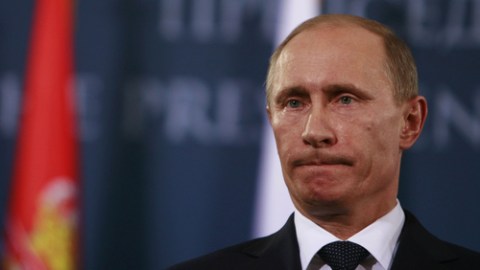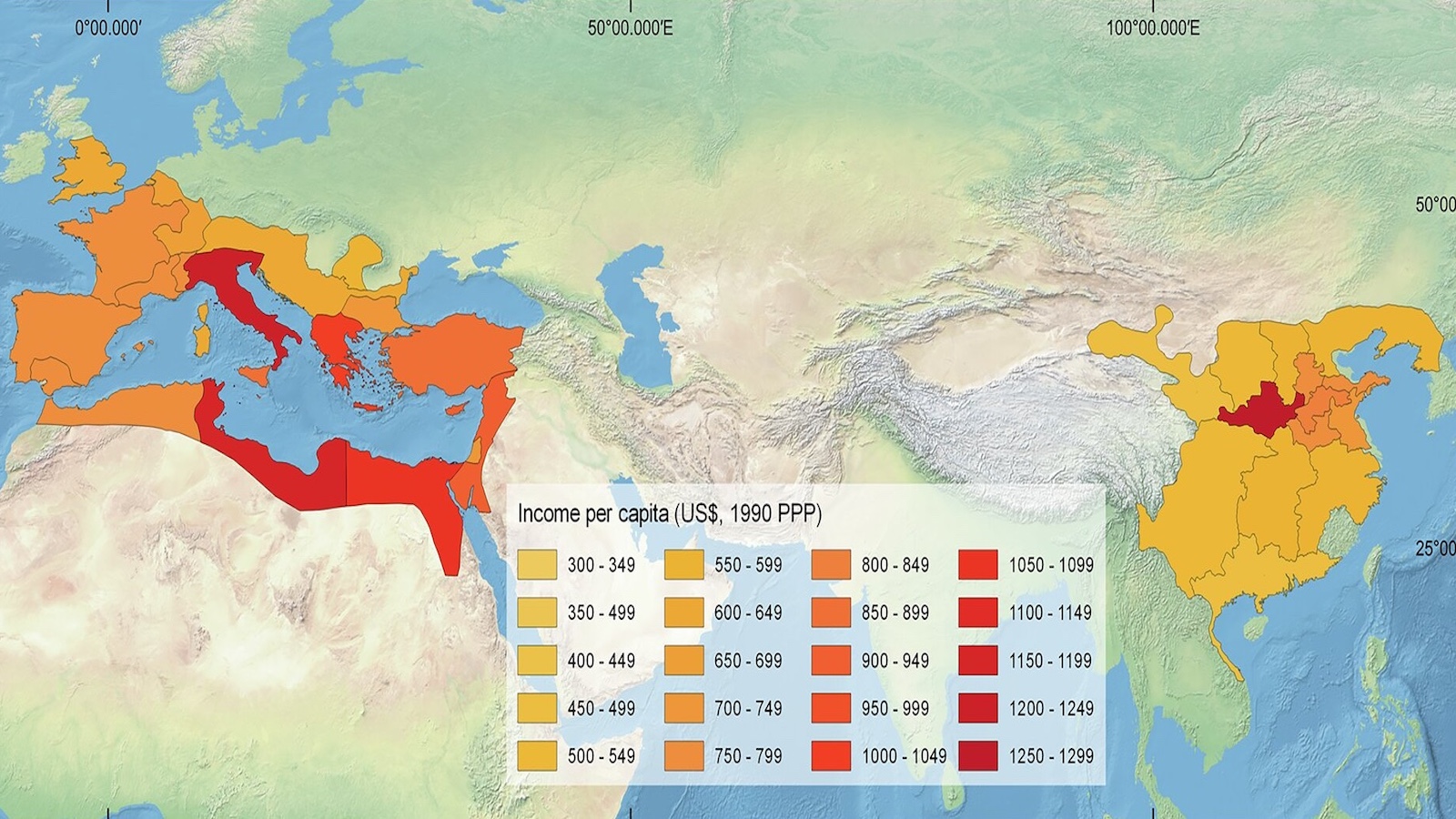Russia’s Eurasian Vision

NEW YORK – The escalating conflict in Ukraine between the Western-backed government and Russian-backed separatists has focused attention on a fundamental question: What are the Kremlin’s long-term objectives? Though Russian President Vladimir Putin’s immediate goal may have been limited to regaining control of Crimea and retaining some influence in Ukrainian affairs, his longer-term ambition is much bolder.
That ambition is not difficult to discern. Putin once famously observed that the Soviet Union’s collapse was the greatest catastrophe of the twentieth century. Thus, his long-term objective has been to rebuild it in some form, perhaps as a supra-national union of member states like the European Union.
This goal is not surprising: declining or not, Russia has always seen itself as a great power that should be surrounded by buffer states. Under the Czars, Imperial Russia extended its reach over time. Under the Bolsheviks, Russia built the Soviet Union and a sphere of influence that encompassed most of Central and Eastern Europe. And now, under Putin’s similarly autocratic regime, Russia plans to create, over time, a vast Eurasian Union.
While the EAU is still only a customs union, the European Union’s experience suggests that a successful free-trade area leads over time to broader economic, monetary, and eventually political integration. Russia’s goal is not to create another North American Free Trade Agreement; it is to create another EU, with the Kremlin holding all of the real levers of power. The plan has been clear: Start with a customs union – initially Russia, Belarus, and Kazakhstan – and add most of the other former Soviet republics. Indeed, now Armenia and Kyrgyzstan are in play.
Once a broad customs union is established, trade, financial, and investment links within it grow to the point that its members stabilize their exchange rates vis-à-vis one another. Then, perhaps a couple of decades after the customs union is formed, its members consider creating a true monetary union with a common currency (the Eurasian ruble?) that can be used as a unit of account, means of payment, and store of value.
As the eurozone experience proves, sustaining a monetary union requires banking, fiscal, and full economic union. And, once members give up their sovereignty over fiscal, banking, and economic affairs, they may eventually need a partial political union to ensure democratic legitimacy.
Realizing such a plan may require overcoming serious challenges and the commitment of large financial resources over a period of many decades. But the first step is a customs union, and, in the case of the Eurasian Union, it had to include Ukraine, Russia’s largest neighbor to the west. That is why Putin put so much pressure on former President Viktor Yanukovych to abandon an association agreement with the EU. It is also why Putin reacted to the ouster of Yanukovych’s government by taking over Crimea and destabilizing eastern Ukraine.
Recent events have further weakened market-oriented, Western-leaning factions in Russia and strengthened the state-capitalist, nationalist factions, who are now pushing for faster establishment of the EAU. In particular, the tension with Europe and the United States over Ukraine will shift Russia’s energy and raw-material exports – and the related pipelines – toward Asia and China.
Likewise, Russia and its BRICS partners (Brazil, India, China, and South Africa) are creating a development bank that is to serve as an alternative to the Western-controlled International Monetary Fund and the World Bank. Revelations of electronic surveillance by the US may lead Russia – and other illiberal states – to restrict Internet access and create their own nationally controlled data networks. There is even talk of Russia and China creating an alternative international payment system to replace the SWIFT system, which the US and Europe can use to impose financial sanctions against Russia.
Creating a full EAU – one that is gradually less tied to the West by trade, financial, economic, payments, communications, and political links – may be a pipe dream. Russia’s lack of reform and adverse demographic trends imply low potential growth and insufficient financial resources to create the fiscal and transfer union that is needed to bring other countries in.
But Putin is ambitious, and – like other autocrats in Central Asian nations – he may remain in power for decades to come. And, like it or not, even a Russia that lacks the dynamism needed to succeed in manufacturing and the industries of the future will remain a commodity-producing superpower.
Revisionist powers like Russia, China, and Iran appear ready to confront the global economic and political order that the US and the West built after the collapse of the Soviet Union. But now one of these revisionists powers – Russia – is pushing ahead aggressively to recreate a near-empire and a sphere of influence.
Unfortunately, the sanctions that the US and Europe are imposing on Russia, though necessary, may merely reinforce the conviction among Putin and his nationalist Slavophile advisers that Russia’s future lies not in the West, but in a separate integration project in the East. US President Barack Obama says that this is not the beginning of a new Cold War; current trends may soon suggest otherwise.





